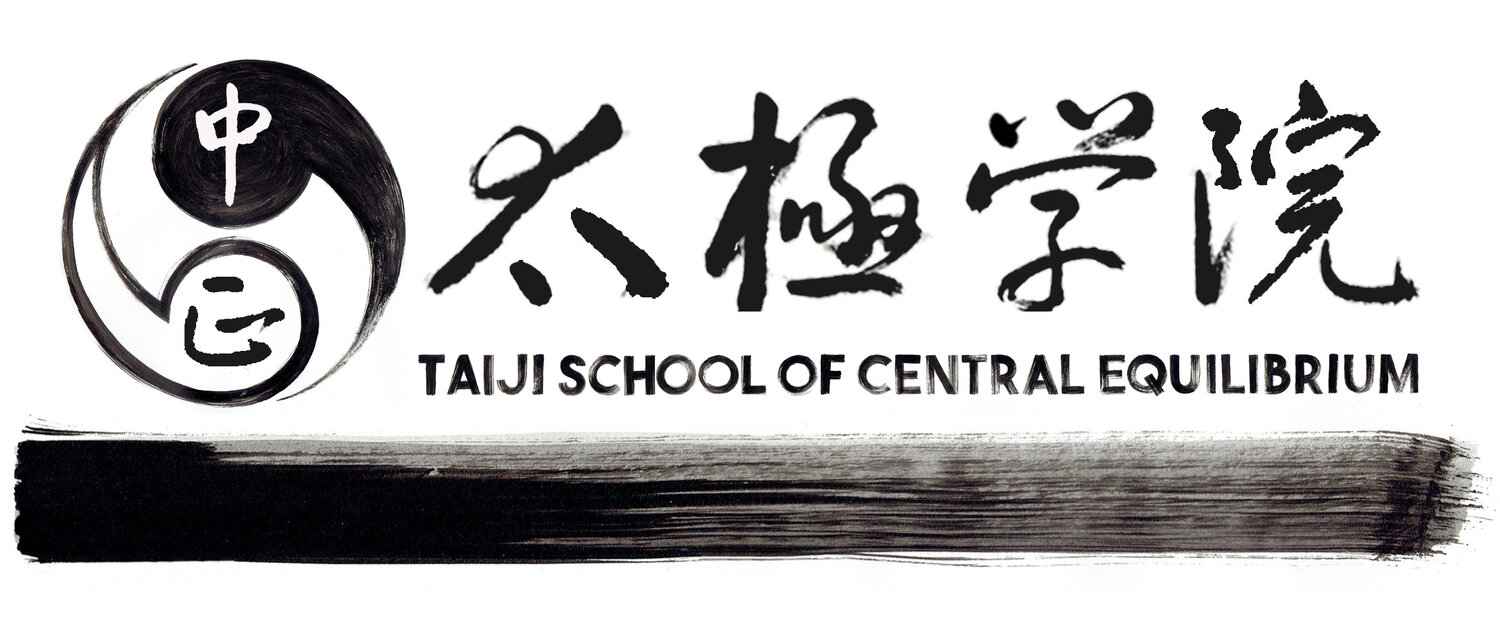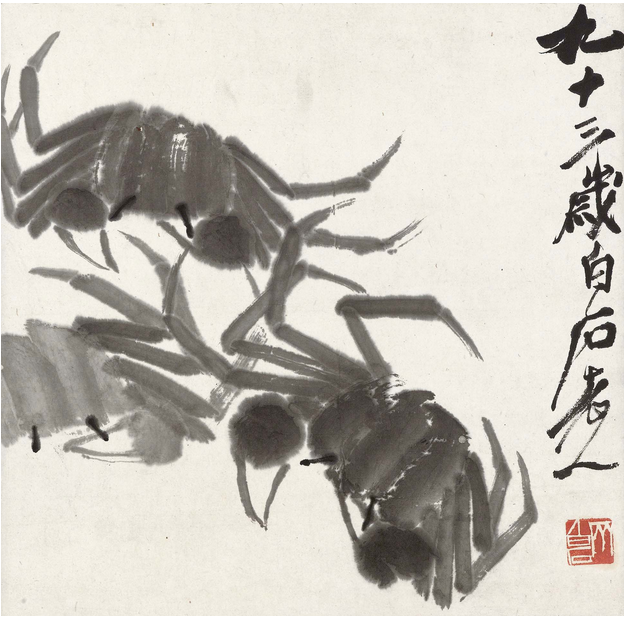“Move out of my shadow” said teacher Huang Sheng Shyan.
In the practice of Taijiquan, a beginner has no idea of the principles of the Taijiquan classics and the set of movements (Taijiquan Form) to experience the principles.
He or she needs to look for a teacher to learn. For a beginner oral transmission is very important, you can’t learn from books or videos (they are only for references).
Look for a knowledgeable teacher not a famous teacher. A famous teacher is not necessarily knowledgeable. In the beginning your Taiji Form must be accurate to precision of your teachers form. The Form is a set of movements that you use to experience the Taiji principles. Inaccurate forms will hinder your ability to experience the principles. This goes for push hands as well. After the external movements is attained, a knowledgeable teacher will explain the internal process in the physical movements.
My teacher Huang Sheng Shyan said to me, “when you fully understand and are able to experience my teaching, you need to move out of my shadow. Only then can you further develop and refine your Taijiquan.”
A lot of practitioners are imprisoned by their teacher’s teaching. Any attempt to change is labelled as disloyal to the teacher. Grandmaster Cheng Man Ching developed his Taijiquan form which is different from Great Grandmaster Yang Cheng Fu. Teacher Huang developed his form from Cheng Man Ching. Although the sequences of Huang’s Taijiquan Form are the same as Cheng Man Ching the transitions in between movements is different. Despite this, Grandmaster Cheng Man Ching’s teacher is still Yang Cheng Fu, teacher Huang’s teacher is still Cheng Man Ching. Things should change for refinement but should not be changed just to be different. Refinement can only come when you fully understand and experience your teacher’s teaching, using that understanding as a foundation for further development. When you further develop and refine your Taijiquan then you are truly repaying your teacher.
A lot of practitioners like to claim that their Taijiquan form is exactly the same as their teachers and even try to mimic their teacher’s movements in pushing hands. Sad to say, it means that after so many years they have merely copied their teacher but not developed. A very famous Chinese painter Qi Bashi once told his students: “Don’t paint like me.” No one student can claim that they are the only student that the teacher truly imparted their teaching. Each of us can only say that we teach our individual understanding of our teacher’s teaching. It is important as a student that we must love and respect our teacher. Showing gratitude to his teaching by continuing to refine and propagate the art of Taijiquan.
黄性賢老师说:“從我的影子裏走出來。”
在太极拳的习练中,初学者对太极拳经,理论及体用招式(拳架)毫无概念,需要通过师承来学习。对初学者而言,口传心授至关重要——书籍影像仅能作为参考,无法替代师承。要寻访明师而非名师,闻名遐迩者未必真通晓拳理。初学阶段,拳架必须精确复刻师传,这套动作体系是体悟太极原理的载体,形态失真将阻碍拳理体认,推手练习亦然。待外形准确后,明师会阐释动作中的内在心法。
先师黄性賢曾告诫我:“当你完全理解并能践行我的教导时,须從我的影子走出去。惟其如此,你的太极拳方能精进升华。”许多习练者困囿于师承窠臼,任何变革尝试都被视为背叛师门。郑曼青宗师创编的拳架就与杨澄甫太师祖不同,黄老师又在郑氏拳架基础上发展——虽动作顺序相同,但招式转换已自成体系。即便如此,郑曼青之师仍是杨澄甫,黄老师之师仍是郑曼青。变革当为精益求精,而非标新立异。唯有在透彻领悟师承的基础上,以此为本继续发展,方能实现真正精进。当你推动太极拳演进时,才是对师恩最好的回报。
不少习练者标榜其拳架与师传分毫不差,推手时甚至刻意模仿师长动作。可悲的是,这恰说明经年累月他们仅止于复制,未曾真正发展。国画大师齐白石曾告诫门人:“学我者生,似我者死。”没有弟子能宣称独得真传,我们每个人传授的只是对师承的个体化理解。作为弟子,尊师重道至关重要,但报师恩的最佳方式,乃在于不断精进并弘扬太极拳艺。











